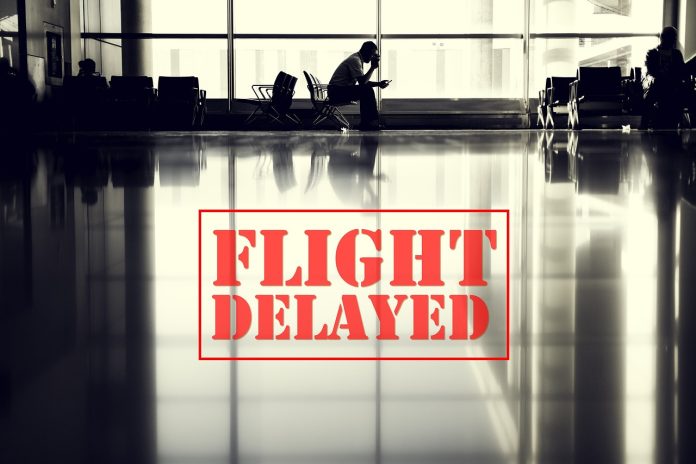A flight disruption refers to any event that prevents passengers from travelling as scheduled — including tarmac delays, cancellations, or boarding denials. At the heart of these disruptions is a commitment to safety in line with strict local and international aviation standards. Below are ten common reasons why disruptions may occur:
1. Late check-in or boarding
Passengers arriving late for check-in, immigration clearance, or boarding may be denied travel. For international flights, check-in opens four hours before departure and closes one hour prior. Boarding gates typically close 40 minutes before takeoff.
2. Unruly or intoxicated passengers
Passengers displaying aggressive, belligerent, or intoxicated behaviour may be denied boarding, regardless of check-in status. Such behaviour poses a safety risk, and staff have the authority to intervene.
3. Medical fitness concerns
Even with medical clearance from personal doctors, passengers deemed unfit to travel by airline staff or the airline’s medical team may be offloaded to prevent in-flight medical emergencies.
Seven golden rules of air travel
4. Medical emergencies in-flight
If a passenger experiences a medical emergency mid-air, the flight may be diverted to the nearest airport for immediate medical attention. In such cases, safety overrides cost or scheduling concerns.
5. Adverse weather conditions
Heavy rain, fog, or other weather events that reduce visibility can delay takeoff or landing. Since aircraft often operate multiple legs daily, a single weather disruption can affect the wider flight network.
6. Mechanical or technical issues
Even minor mechanical faults — like a faulty seatbelt or broken air conditioning — can delay departure. These issues may only become apparent during final pre-flight checks and must be resolved for passenger safety.
7. NOTAM (Notice to Airmen)
Flights can be delayed or rerouted due to NOTAMs, which warn of hazards along flight paths or designate airspace for VVIP movements. These are mandatory and legally binding.
8. Runway incidents
Events like bird strikes or burst tyres during landing may necessitate temporary runway closures, disrupting flight schedules until investigations and safety checks are completed.
9. Crew duty time limitations
Crew members have regulated working hours. Delays may cause crew to exceed these limits, particularly for long-haul flights. If no rested crew is available, flights may be rescheduled.
10. Maintenance delays and parts shortages
Aircraft undergoing scheduled maintenance may be delayed in returning to service, especially due to global parts shortages post-COVID. Airlines like KQ and KLM, which operate Boeing 787s, have faced such issues recently.
Kenya Airways’ unwavering commitment to safety means disruptions, while inconvenient, are sometimes necessary to protect lives. These challenges are being addressed with ongoing maintenance and fleet updates to enhance reliability. By understanding these potential reasons for flight disruptions, passengers can better prepare for their travel experiences with Kenya Airways and other airlines. This is even as the global aviation industry looks for a speedy resolution to the supply chain constraints that precipitate many of these disruptions.








